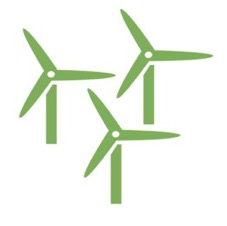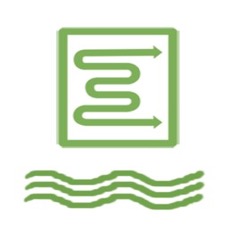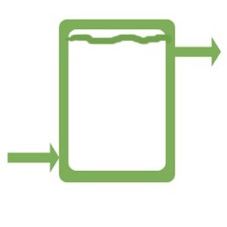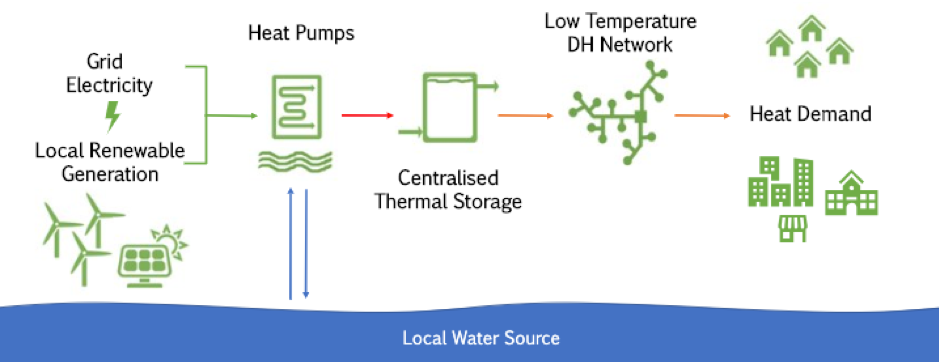Technologies
The following technologies are applied to create a low-carbon waterside development:
Curtailed Wind
'Spill' wind energy beyond the grid's capacity taken from local supplier to provide electricity for heat pumps.

On-site PV
Rooftop installations on new-builds and existing buildings extract solar energy to supply locally-sourced electricity for heat pumps.

Water Source Heat Pump
Derive heat from water source to drive a vapour compression cycle to raise the temperature of water to a level suitable for building heating needs.

Centralised Thermal Storage
Enables heat distribution to be flexible to fluctuations in supply and demand with ability to control the carbon intensity of grid electrical supply.

Low Temperature District Heating Network
Allows low thermal losses in heat distribution and efficient heat supply to the development.

Energy Efficient Buildings
Passivhaus standards minimise the thermal demand of both residential and non-residential buildings.

Concept Diagram
In the concept diagram below, the interactions between the technologies utilised in providing low-carbon heat to developments can be seen.
Grid electricity is used as an electrical power source when the grid is of low carbon intensity and takes third precedent behind supply from on-site PV and curtailed wind.
